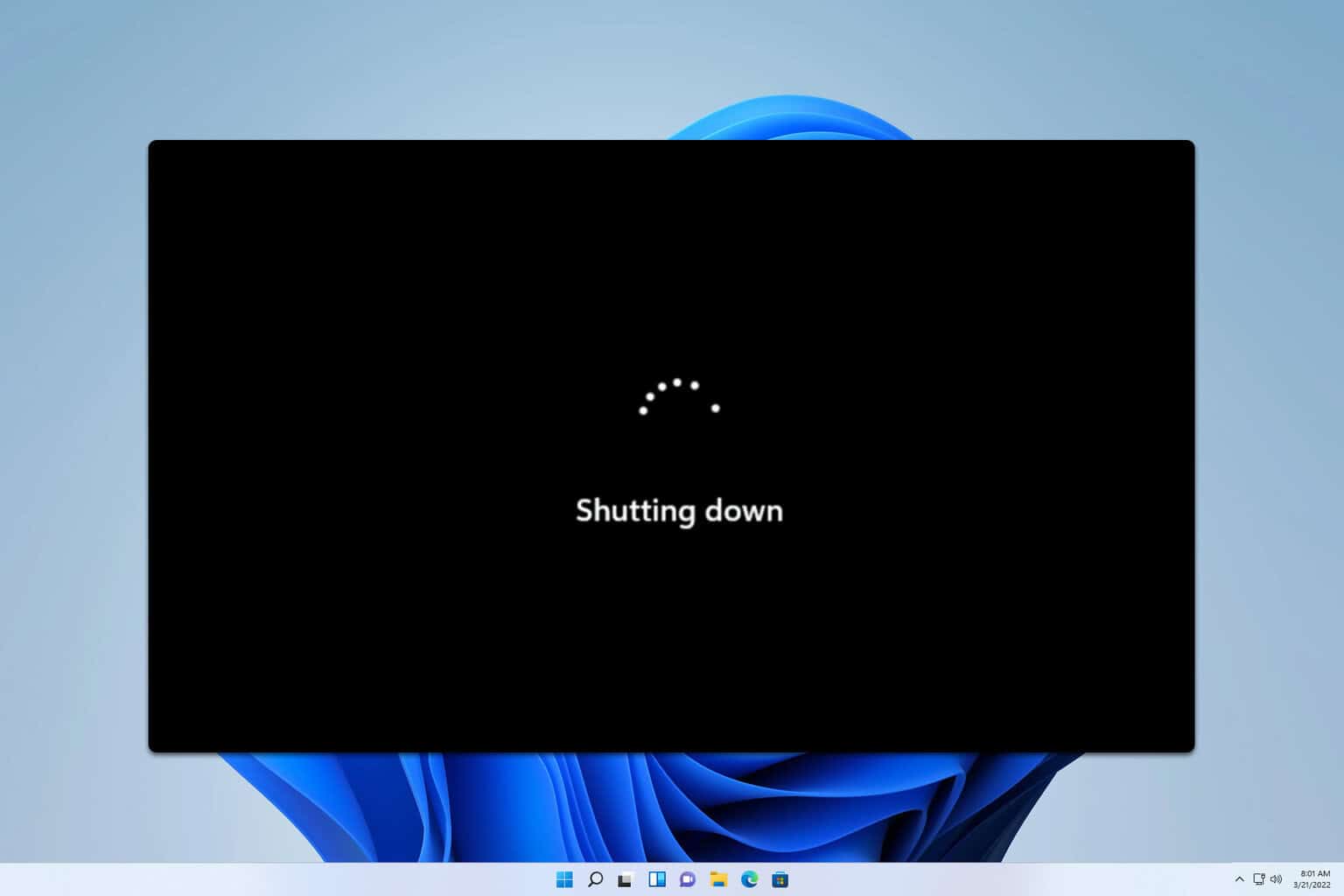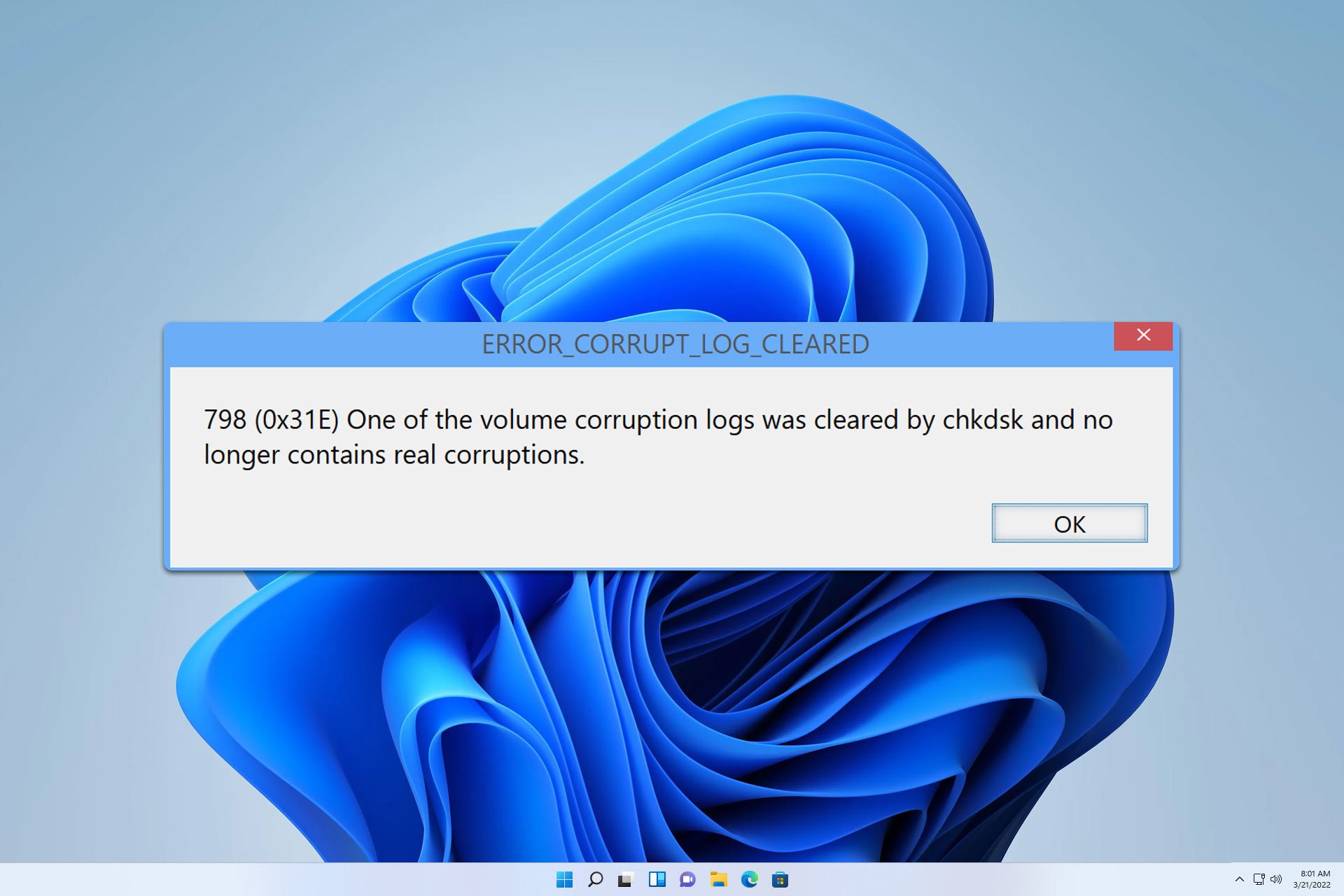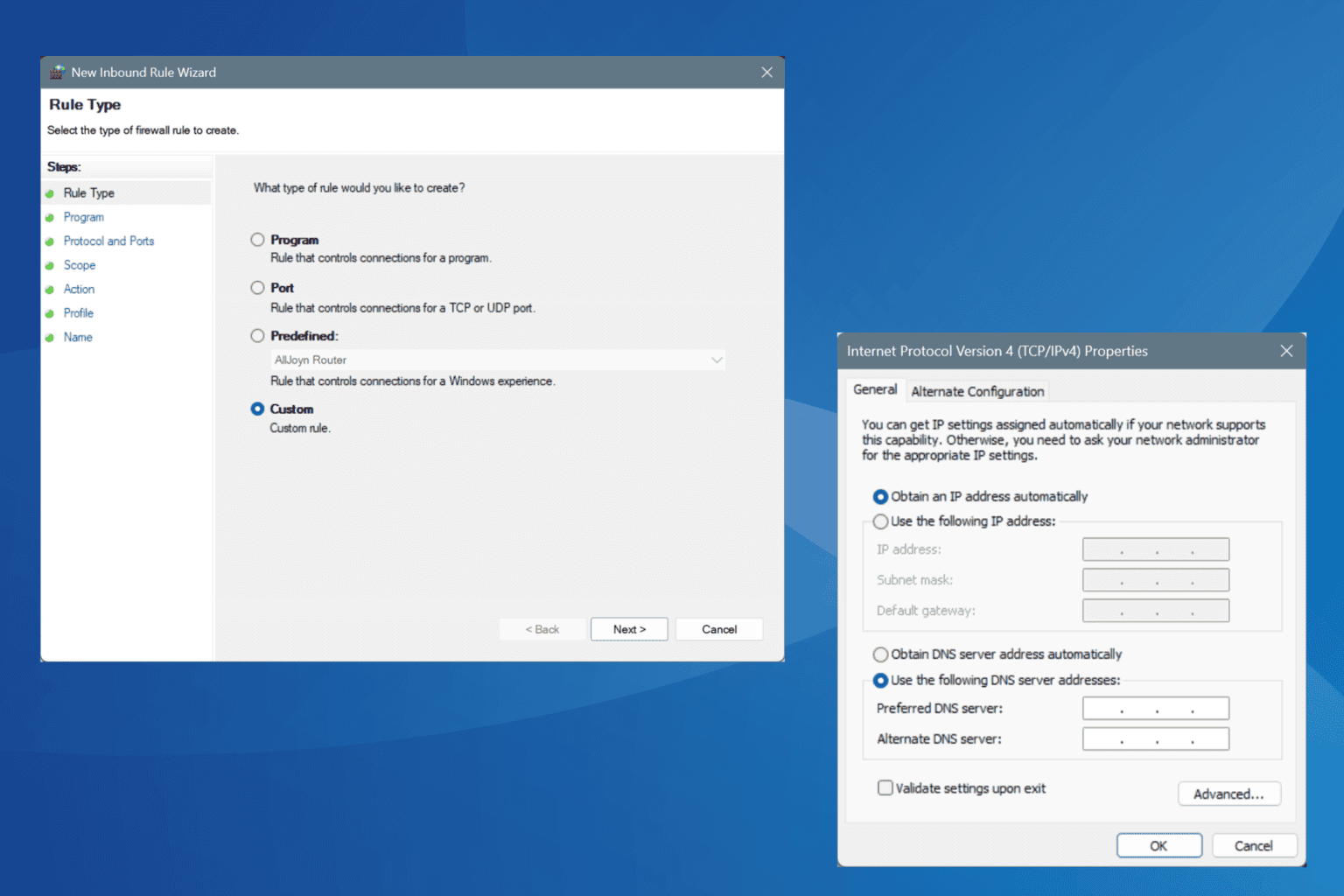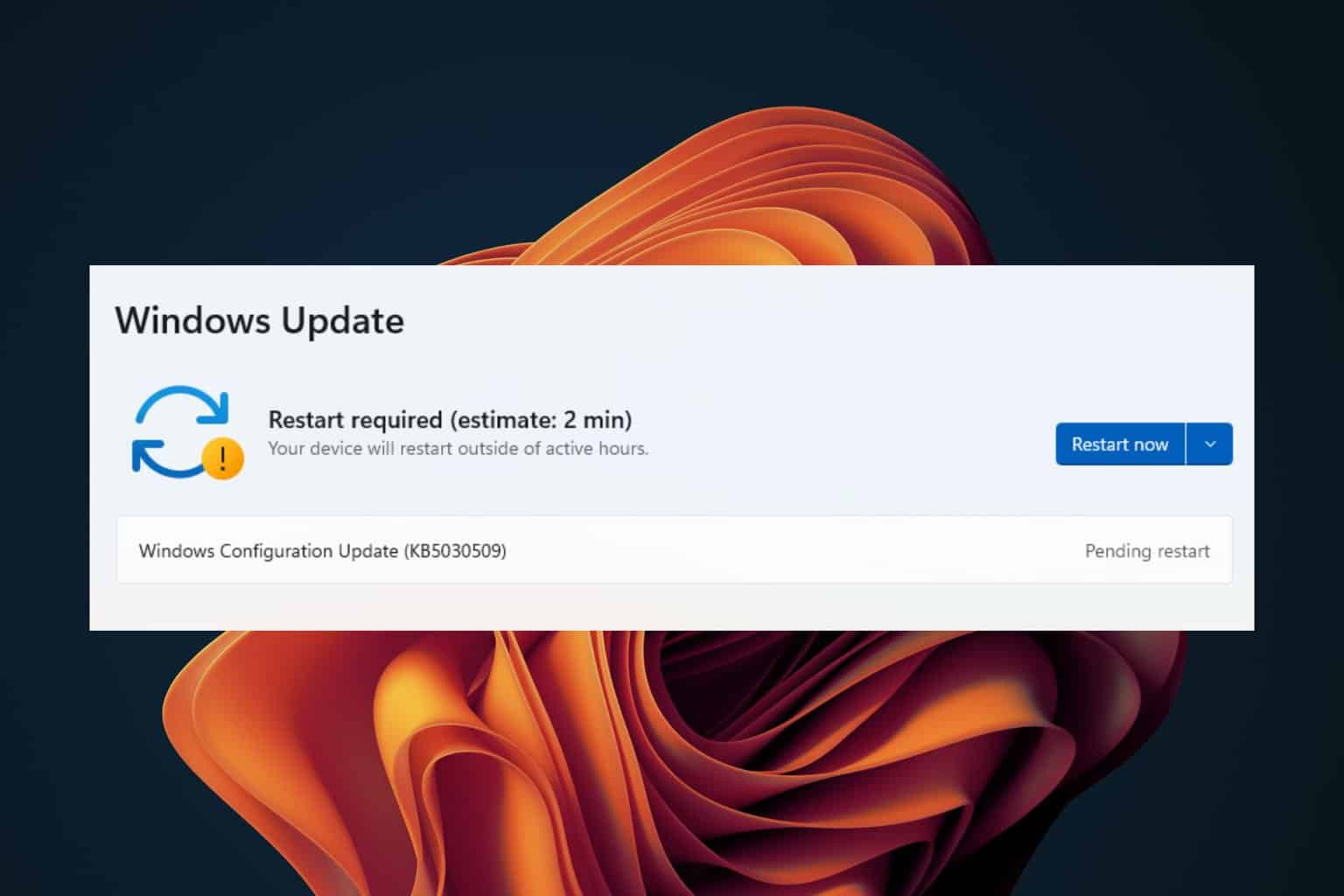How to Fix the ERROR_FLOPPY_UNKNOWN_ERROR
Make sure that the hard drives are connected properly to the motherboard
4 min. read
Updated on
Read our disclosure page to find out how can you help Windows Report sustain the editorial team. Read more

Encountering the ERROR_FLOPPY_UNKNOWN_ERROR usually comes with the following message and stop code: 1124 (0x464) The floppy disk controller reported an error that is not recognized by the floppy disk driver. This error often stems from BIOS settings or hardware issues related to non-existent floppy drives.
How do I fix the ERROR_FLOPPY_UNKNOWN_ERROR?
1. Change the BIOS settings to set the hard drive as first boot device
- Turn on your computer and immediately start tapping the Delete key repeatedly to enter BIOS (the key might be different for your system).
- Navigate to the Boot menu.
- Locate the setting for the First Boot Device and ensure it is set to your hard drive.
- Within the BIOS settings, find and disable the Floppy Drive or Floppy Seek function if it is enabled.
- Save the changes and exit the BIOS settings.
This solution helps by ensuring that your computer attempts to boot from the hard drive first, bypassing the non-existent floppy drive.
2. Check RAID configuration in BIOS
- Restart your computer, and press the appropriate key (such as F2, Delete, or another specified key) to enter the BIOS setup.
- Navigate to the Advanced or Integrated Peripherals tab.
- Look for SATA Configuration or RAID Configuration and ensure that RAID is enabled for all hard drives if you use a RAID setup.
- Save the changes and exit the BIOS.
This solution ensures that RAID configurations are correctly recognized and set, which can solve issues if the error is related to RAID setups.
3. Check the hard drive connections
- Turn off your computer and unplug it from the power source.
- Open the case of your computer.
- Inspect the connections on your hard drive, ensuring that all cables are firmly connected.
- Reconnect any loose cables, particularly the SATA or IDE data cables and the power cables.
- Close the case, plug in your computer, and start it again.
This solution ensures that all physical connections to your hard drive are secure, which can sometimes prevent the BIOS from detecting the drive properly.
4. Reset BIOS to default settings
- Restart your computer and press the designated key (such as Delete, F2, etc.) to enter the BIOS settings.
- Find the option to Load Setup Defaults or Reset to Default Settings.
- Confirm the action, then save and exit the BIOS.
Resetting the BIOS to its default settings can clear any improper configurations that might be causing the floppy seek error.
5. Disable the Floppy drive in Device Manager
- Right-click the Start button and select Device Manager.
- Expand the category for Floppy Disk Drives.
- Right-click on the floppy drive entry and select Disable.
- Confirm the action if prompted, and then restart your computer.
Disabling the floppy drive in Device Manager ensures that the operating system does not attempt to access the non-existent floppy drive, eliminating related errors. If you do use a floppy disk drive, make sure you install the correct driver for it and reenable it.
Common issues and final troubleshooting tips
- Loose Cables: Double-check all internal connections if the issue persists.
- BIOS Updates: Ensure your BIOS is up-to-date, as newer firmware can resolve compatibility issues.
- Hardware issues: Faulty cables or connectors can cause errors. Consider replacing cables if none of the above solutions work.
By following these steps, you can effectively troubleshoot and resolve the ERROR_FLOPPY_UNKNOWN_ERROR. For future prevention, regularly check your BIOS settings and keep your hardware connections secure.
We covered another issue with floppy drives in our ERROR_FLOPPY_VOLUME article, so you might want to visit it.








User forum
0 messages